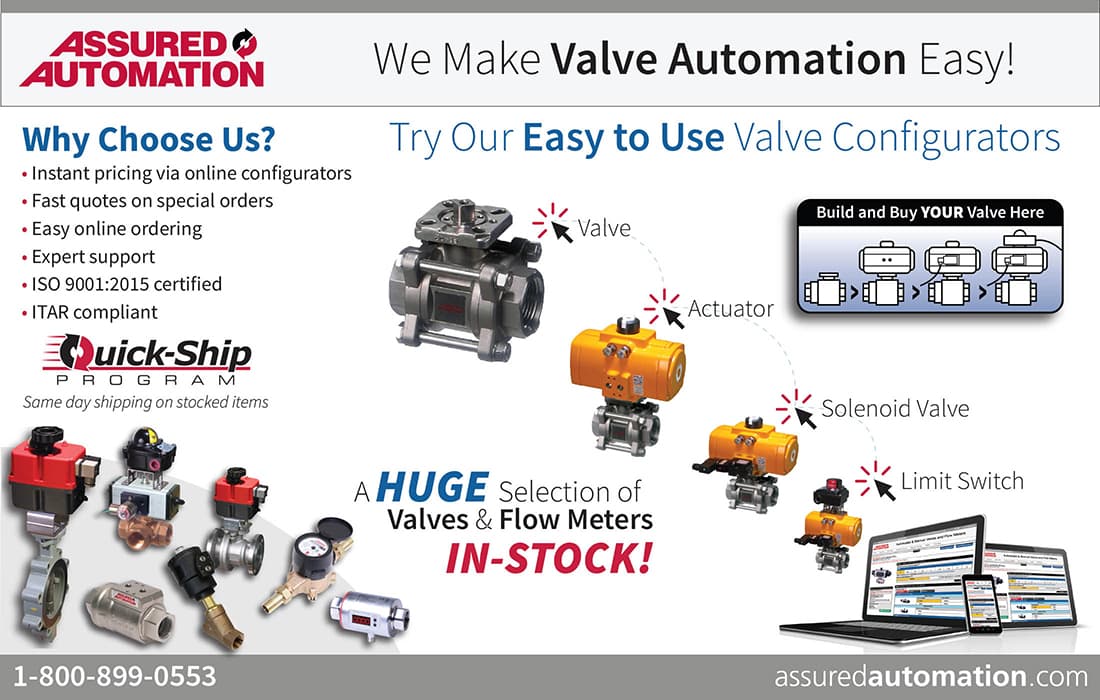Prevent injuries in the warehouse with knowledge and training.
By Nathan S. Oland, AIC, LUTCF
Evaluating
in your workplace
FORKLIFT SAFETY
Forklifts, a type of powered industrial truck, are versatile pieces of equipment that can be adapted for many lifting and transporting tasks. But do you know who is operating a forklift at your business, and are they following workplace safety rules? Or, have you considered the consequences of negligent forklift use at your business?
The dangers from improperly driving a forklift can be devastating, and many forklift accidents result from operator error. Properly screening and training who you put in the driver’s seat and understanding the causes of improper or incorrect use may help lower the risk of accidents, and help keep your employees safe and equipment in good working order.

Brush up on the rules
Although many rules surrounding forklifts seem like common sense, they exist for a reason. Even the most experienced forklift drivers can benefit from reviewing safety rules. The U.S. Bureau of Labor Statistics shows that forklifts were involved in 74 fatal work injuries and 9,050 nonfatal injuries that included days away from work in just one recent year.1 Proper training can help avoid the risk of forklift injuries which can have devastating — or deadly — side effects.
Some of the most common causes of forklift injury include:
- Manually loading a truck;
- Injury from getting on or off the forklift;
- Driving the forklift erratically or irresponsibly;
- Overloading the forklift;
- Colliding with another vehicle or employee;
- Tipping or rolling the forklift;
- Falling or driving off a loading dock;
- Dropping a load off the forklift; and
- The driver’s body hitting an object outside of the forklift.
These injuries can be avoidable with the right training and knowledge. Being mindful of the types of forklift used at your facility and keeping them well-maintained; frequently conducting and reviewing operator training; and certifying that drivers have completed and understand their training before using the forklift are all steps that can be taken to help mitigate injury from forklift-related accidents.
ASA has resources to help brush up on forklift safety training. Click here to see safety training content for P.I.T. standards and beyond! To read more about Powered Industrial Trucks, check out this OSHA page. For certification, check out forkliftcertification.us, National Safety Council or JJ Keller as just a few of the many resources available.
Evaluate and train
Conducting periodic evaluations and providing regular refresher training are also of great importance when working with or training others on forklift safety. Review the OSHA’s Powered Industrial Truck Standard for additional information on such evaluations and training. When evaluating potential forklift drivers, some of the following considerations may help identify safety-conscious drivers:
- The completion of a forklift operator training course;
- A good vehicle-driving record;
- Good hearing, vision, and health to perform the job safely; and
- A positive and mature safety attitude.
Know your route
Forklifts drive differently than cars — they are steered by the rear wheels, and require different steering techniques. They are also more prone to tipping, as they are tall and narrow. Further, visibility can be restricted while operating a forklift due to loads blocking forward vision. It can help to plan or know your route when driving a forklift to help avoid obstructions, sharp turns, intersections, ramps, and other employees.
Load capacity
Ensure that forklift loads are kept at the vehicle’s rated capacity, and if a load is greater than the capacity then it should be split instead of using a counterweight. Overloading a forklift can remove weight from the rear wheels and result in steering loss.
Proper elevating and lowering
Avoid raising or lowering loads while moving, which causes the center of gravity to shift and could end with a tip-over. Do not allow anyone to walk under an elevated load — ensure the area is clear of others before moving anything. Extreme caution is recommended when tilting a load forward or backward. An elevated load should only be tilted forward when it is in a deposit position over a rack or stack.
Toxic fumes
Be mindful of using a forklift indoors, as ones that are powered by gasoline, diesel, or propane can emit carbon monoxide. In small spaces, concentrations can remain for several hours after the last use of a forklift. To mitigate this, try to use the forklift in well-ventilated areas, ensure that the forklift is properly maintained, and do not leave the forklift running unnecessarily, especially in small areas. Avoid cold starts, racing the engine, erratically breaking, idling and jerky operations of the hydraulics.
Utilizing forklifts in the workplace can be beneficial, and takes the burden off employees to do the heavy lifting. However, using them in a safe, responsible way is necessary to help prevent injury and to get the job done. Evaluating drivers, proper training and retraining, and reviewing the rules can go a long way in keeping your business, and employees, safe.
This article is for general information and should not be considered an offer of insurance or legal or other expert advice. The recommendations herein may reduce, but are not guaranteed to eliminate, any or all risk of loss. The information herein may be subject to, and is not a substitute for, any laws or regulations that may apply. All products and services not available in all states. This information is current as of April 2021 and is subject to change. Qualified counsel should be sought with questions specific to your circumstances. © 2021 Federated Mutual Insurance Co.
Occupational Injuries, Illnesses, and Fatalities Involving Forklifts. U.S. Bureau of Labor Statistics. https://www.bls.gov/iif/oshwc/cfoi/forklifts-2017.htm. June 2019. Accessed May 5, 2021.
Nathan S. Oland, AIC, LUTCF, is the senior national account executive at Federated Mutual Insurance Co. Federated Insurance is an ASA Association Partner and is the recommended insurance provider for ASA member companies.

